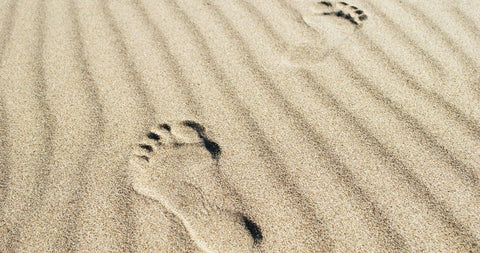
Should I put a blister plaster on a blister?
Not just a normal plaster
It is tempting just to put a normal plaster or other covering on a developing blister and carry on with your sport but this can simply cause further distress. The sore area may get worse or even infected and then need professional attention. For the majority of blisters, a hydrocolloid patch is a suitable solution. These are special breathable plasters that are impregnated with a gel that forms a ‘second skin’ when applied. In addition, they form a protective barrier which prevents dirt and bacteria entering the wound and encourages the natural healing process to take place.
When not to use a blister plaster
There are times when a blister plaster should not be used. In some cases, if the skin around the blister area looks red or feels hot showing signs of infection, it is wise to seek the help of a medical expert. In other instances, the blister develops somewhere it cannot avoid being popped and it may need careful draining. Again, referral to a professional health specialist can be necessary.
Alternatives to using a blister plaster
If you’ve stopped exercising, a little petroleum jelly dabbed on to the sore area acts as a barrier between your sock and your skin and can prevent further soreness. Also, many claim aloe vera gel boosts the production of collagen and the formation of new skin cells in the raw patch after the blister has burst.
Can I continue activity while the blister heals?
Sometimes it’s difficult to simply stop what you are doing - hikers in the middle of a long walk, for example. The benefit of blister plasters is that they offer protection against friction so it may be that you can continue pain free. Further protection to the wound is possible by simply covering the plastered area with a special strapping tape.
In summary, if you’re heading off for a hike or wearing in a new pair of shoes, it is always advisable to take precautions to prevent your feet from becoming blistered. Unless your blister is large, infected or weeping, a blister plaster will protect and heal the area, also giving you sufficient comfort that you can carry on your activity. Stock up on plasters all year round as blisters are not seasonal and lightweight shoes and just as likely to cause blisters as winter walking boots.
